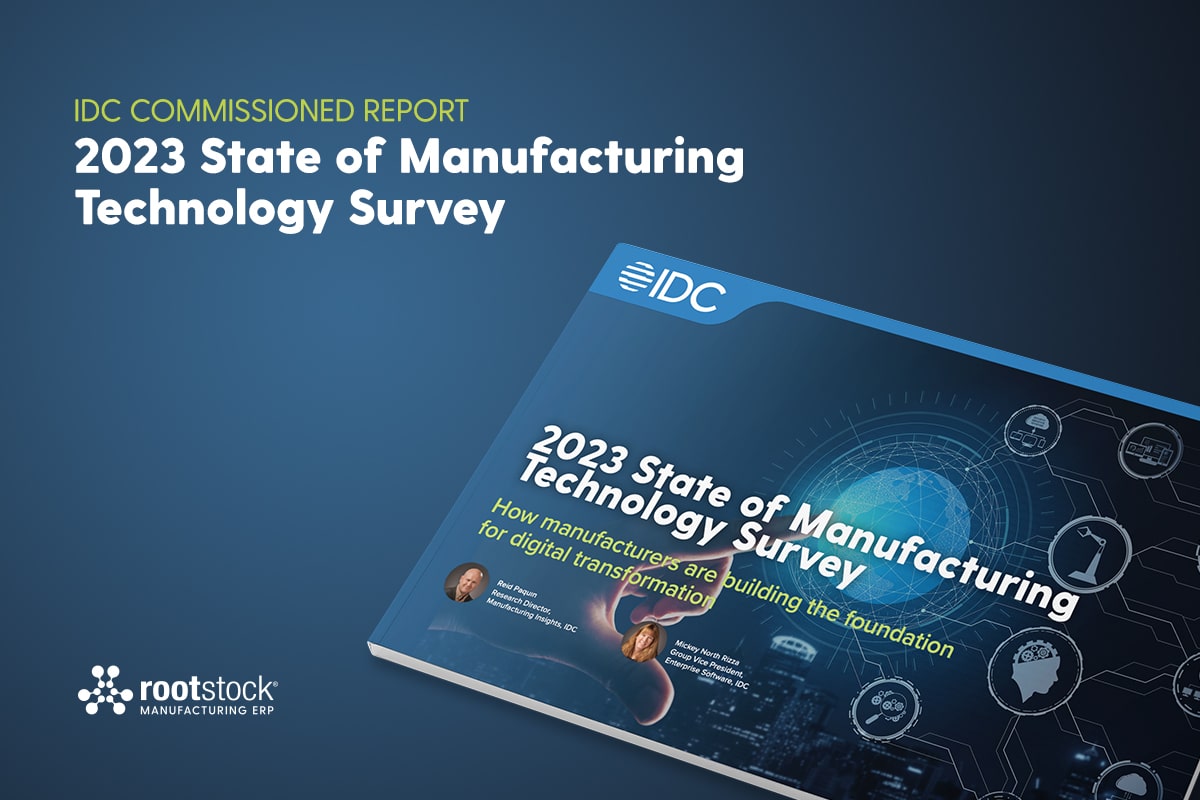It’s critical for manufacturers to have tight control over the raw materials, parts, and components that make up a finished product. Especially today, as fragile supply chains stretch across continents and suppliers, and factors such as time-to-market and product quality can make or break your manufacturing business. Enter the humble bill of materials (BOM), which lists the components and quantities required to manufacture a finished good.
Today, however, the BOM is humble no more. BOMs in their various iterations are critical to a modern, quality-driven, customer-focused manufacturing operation. But, engineering needs one, manufacturing needs another, and services teams need yet another. And, while they all serve the same general purpose, these nuanced BOMs can be very different. This is why progressive manufacturers look to the cloud to build, manage, and benefit from their BOMs.
EBOM, MBOM, & SBOM Explained
A Bill of Materials (BOM) is described as a “complete list of all the items that are required to build a product. When products are planned for manufacturing, various teams can utilize BOMs to ensure the proper materials are in place and ready to go, costs are budgeted, schedules are updated, and more. Some teams, however, need more detailed information.
Here are how these BOMs differ:
EBOM (Engineering Bill of Materials)
An engineering bill of materials (EBOM) is developed during the product design process. It’s generally created automatically from engineering and design software, such as CAD tools, and it lists the parts and subassemblies necessary to build the product. It also usually includes more detailed engineering information, such as manufacturing tolerances, related engineering standards, and product specifications.
MBOM (Manufacturing Bill of Materials)
A manufacturing bill of materials (MBOM) includes the typical BOM information on parts and components but goes further by including everything else necessary to ready products for shipment. It might include processing steps, required machinery, a recipe procedure, packaging requirements, and more. When it comes to manufacturing vs. engineering BOMs, the main difference between them is that the EBOM describes how the product is functionally designed, and the MBOM describes all parts and assemblies needed to actually manufacture the product.
SBOM (Service Bill of Materials)
A service bill of materials (SBOM) uses the items on a BOM to detail the serviceable parts on a product or those that could influence the service of a product. That information can then be used by the manufacturer’s field service team, customers, third-party services providers, and others to fix and maintain a product.
EBOM vs. MBOM vs. SBOM: What’s the Difference?
The difference between all these types of BOMs is in the user and what information they need. Engineers want a product to be properly manufactured. Operations teams want manufacturing lines to run efficiently. Service providers want to effectively remedy problems quickly and without incurring undue costs. For each, the general BOM information around parts and components is the base level of the required information. Beyond that, each of the EBOM, MBOM, or SBOM contains additional information specific to the user’s needs.
How EBOM, MBOM, and SBOM Work Together
The various BOMs work together to keep teams aligned and improve manufacturing effectiveness across thousands of components and dozens of teams and tasks. Purchasing, supply chain management, inventory, engineering, operations, and other teams are all working from the same fundamental data to:
- Eliminate errors and downtime with easy access to every detail on every part;
- Improve quality and productivity by ensuring the proper materials are available when needed; and
- Reduce operational costs by streamlining inventory management and reducing manual work.
Here are just a few examples of modern BOM management in action:
A Magic Button for BOM
UTG Mixing Group develops and manufactures industrial mixers. After years of acquisition-fueled growth, the company needed to consolidate the disparate manufacturing and ERP solutions each entity had held onto. So, it decided to implement a completely new ERP: Rootstock Cloud ERP.
Among many, many other benefits realized, UTG Mixing Group used Rootstock to create what they called the “magic button.” With the push of a button, the company can create a Sales Order and a Project in Rootstock, which goes on to build sub-projects, tie in the Bill of Materials, and create the project budget.
Beautiful BOM Maintenance
Pacer Group is a leading wire and electrical cable manufacturer. When the time came to update its legacy ERP system, it chose Rootstock Cloud ERP. With materials requirements planning (MRP) being critical to Pacer Group’s operations, it was critical that BOMs are current and accurate to properly schedule pick dates, plan subcontractor requisitions, and track purchase orders.
“BOM Maintenance is a beautiful thing,” said Eva Wright, Pacer Group’s internal IT administrator. “We can copy, clone, and maintain our BOMs much more efficiently than we could before.”






